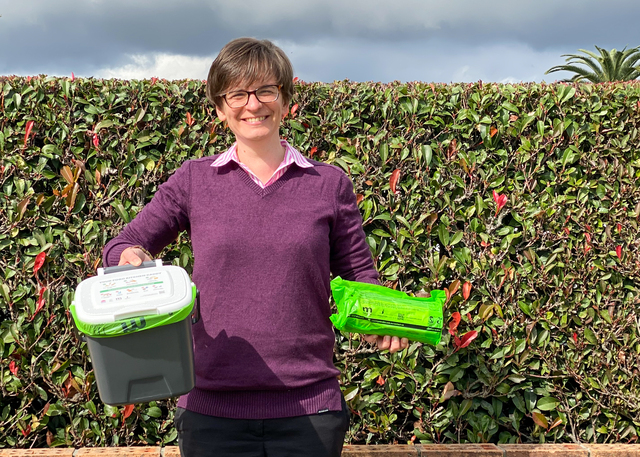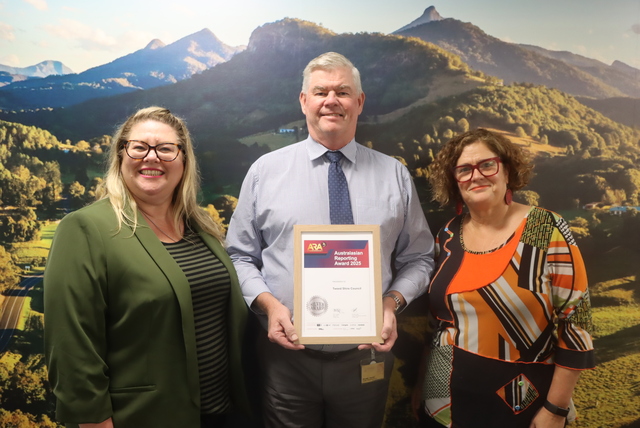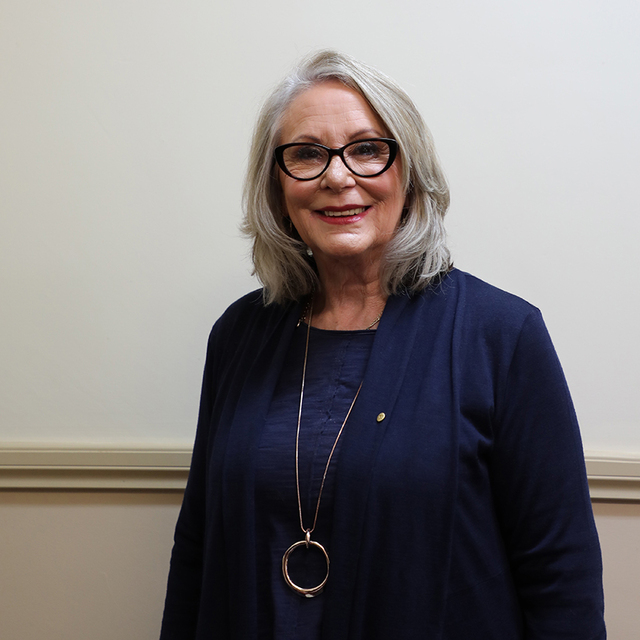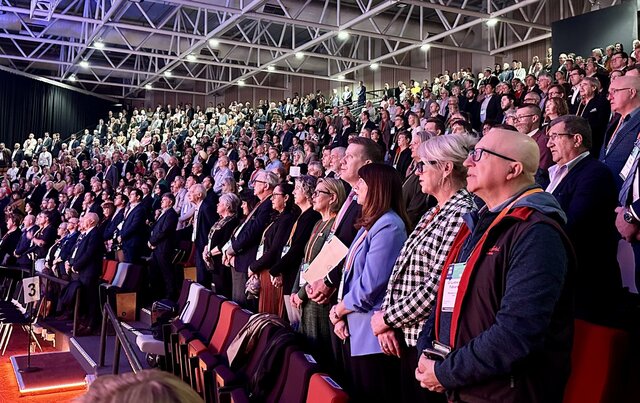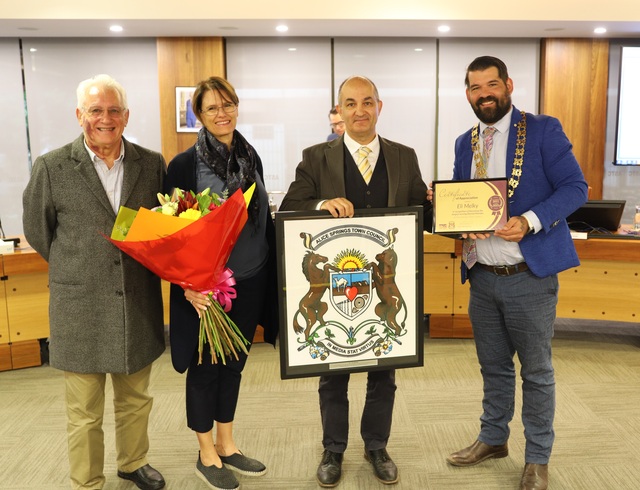New South Wales councils have reacted to the release of the NSW
Independent Local Government Review Panel discussion paper Future
Directions for NSW Local Government: Twenty Essential Steps.
Panel Chair Professor Graham Sansom said the package of Future Directions would transform the ‘culture, structures, finances and operations’ of NSW Local Government, along with local-state relations.
“This paper gives councils and the community another opportunity to have their say and inform our ideas before we complete our final report in September.”
Among the recommendations was a reduction of the total number of councils to less than one hundred.
Professor Sansom said similar changes had been recommended by the Barnett Committee 40 years ago, and that NSW could not afford to wait another 4 years for these improvements to the local government system.
Tweed Shire Council Mayor Barry Longland said Tweed would be relegated to an outpost of Lismore under the proposal, which would make Lismore the head of a Northern Rivers ‘mega’ City Council.
“The panel says the Tweed will go on but the reality is that Tweed Shire Council cannot survive under this model with this drastic loss of services and we will be relegated to just a works depot.”
Councillor Longland said services such as water and sewer would go, and the capacity of Tweed to influence service delivery, strategic planning and environmental outcomes would be lost.
“People in Tweed and South Tweed who have patiently waited for their roads to be upgraded will have to get in line behind bridges in Kyogle and potholes in Lismore.”
Randwick City Council Mayor Tony Bowen said there were positives in the report, but the sensible suggestions were overshadowed by the Panel’s plan to create a ‘super Sydney council’ of seven inner city councils from the inner west to the eastern suburbs.
“The residents of Waverley, Woolahra and Randwick identify strongly with the character of the eastern suburbs and beaches — not the inner west.”
Randwick Council had previously commissioned an independent financial analysis which found that combining four eastern suburbs councils could deliver a surplus of $517 million over 10 years.
“I find it extraordinary this investigation has not been mentioned by the Panel which has instead opted for a mega Sydney council model, even though the report contains no modeling whatsoever,” Councillor Bowen said.
“Piling 780,000 residents into a mega council by 2036 does not increase Sydney’s global status — it simply makes a bigger council.
“Residents across Sydney will be asking themselves how they would benefit from a super Sydney council with a population bigger than Tasmania.
“This report is taking the local out of local government and again it’s the community that will suffer as a consequence.”
Professor Sansom said many councils were performing very well, but the local government sector was weighed down with too many outdated ideas, attitudes and relationships.
“There are many factors involved, but at the heart of the problem we still have too many councils chasing too little revenue.”
The discussion paper said that a new ‘global city’ of Sydney was vital to create a capital city that, like its competitors around the world including Brisbane and Auckland, would match Sydney’s international status.
Addressing the concern that local identity would be lost under council amalgamations, the Panel proposed a number of ways to ensure local voices would be heard.
“These include place management approaches, use of wards, citizen’s panels and modern customer service systems,” said Professor Sansom.
“We also propose the option of ‘Local Boards’ — a new type of elected, community based local government unit with limited responsibilities delegated from a local council or county council.
“These could be used to replace small rural and remote councils that will not have the resources to continue in their current form, as well as to assist the transition to larger government areas in the Sydney metropolitan area.”
The Hills Shire Mayor Dr Michelle Byrne welcomed the Review Panel’s report.
“The Independent Panel’s report clearly acknowledges what the industry as a whole needs to acknowledge – and that is the future of Local Government lies with fewer councils.
“While I am supportive of looking at the proposed boundary adjustments with our neighbours, any actual changes would need to have tangible benefits for everyone involved, and those communities concerned must be consulted.”



